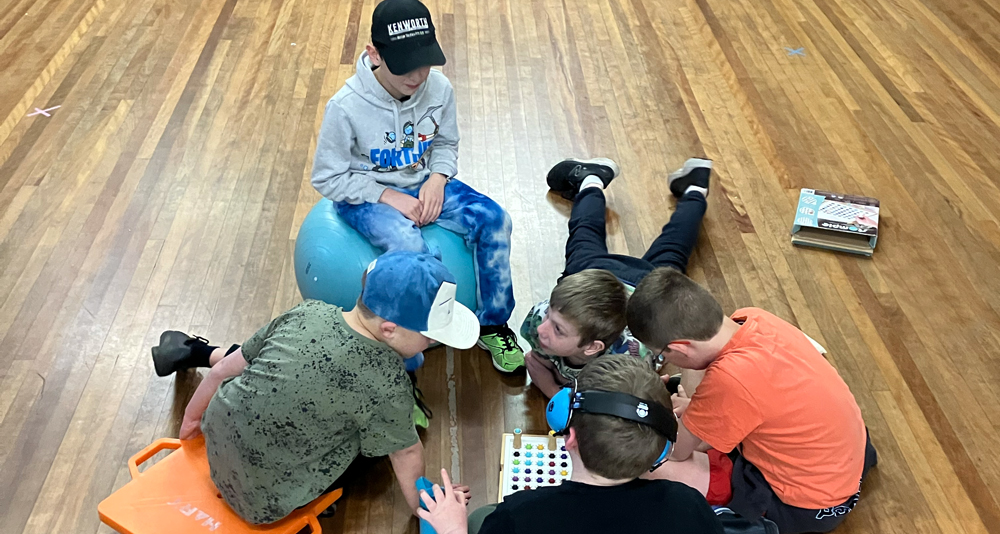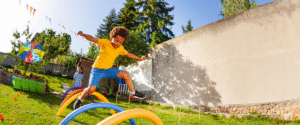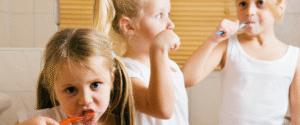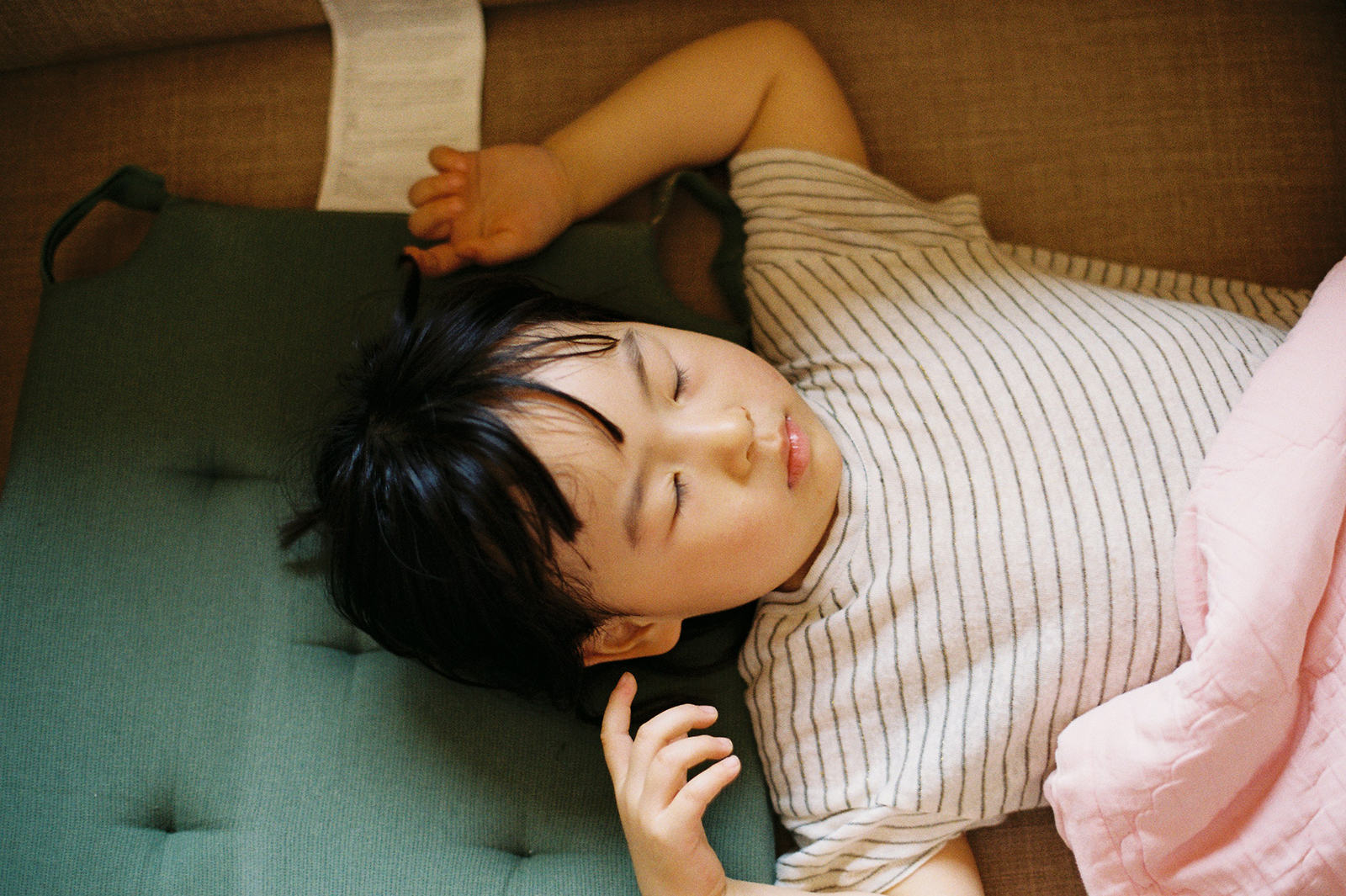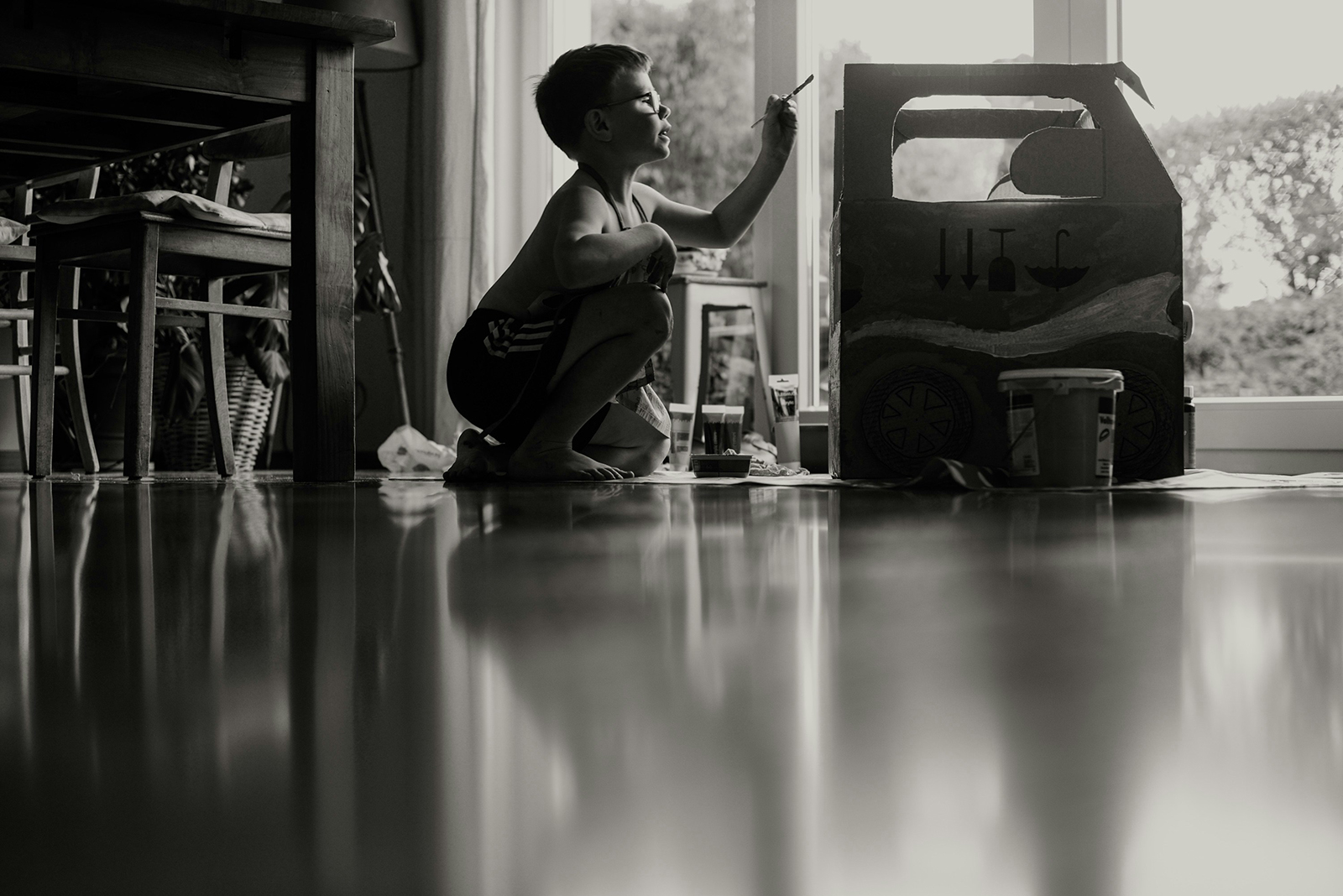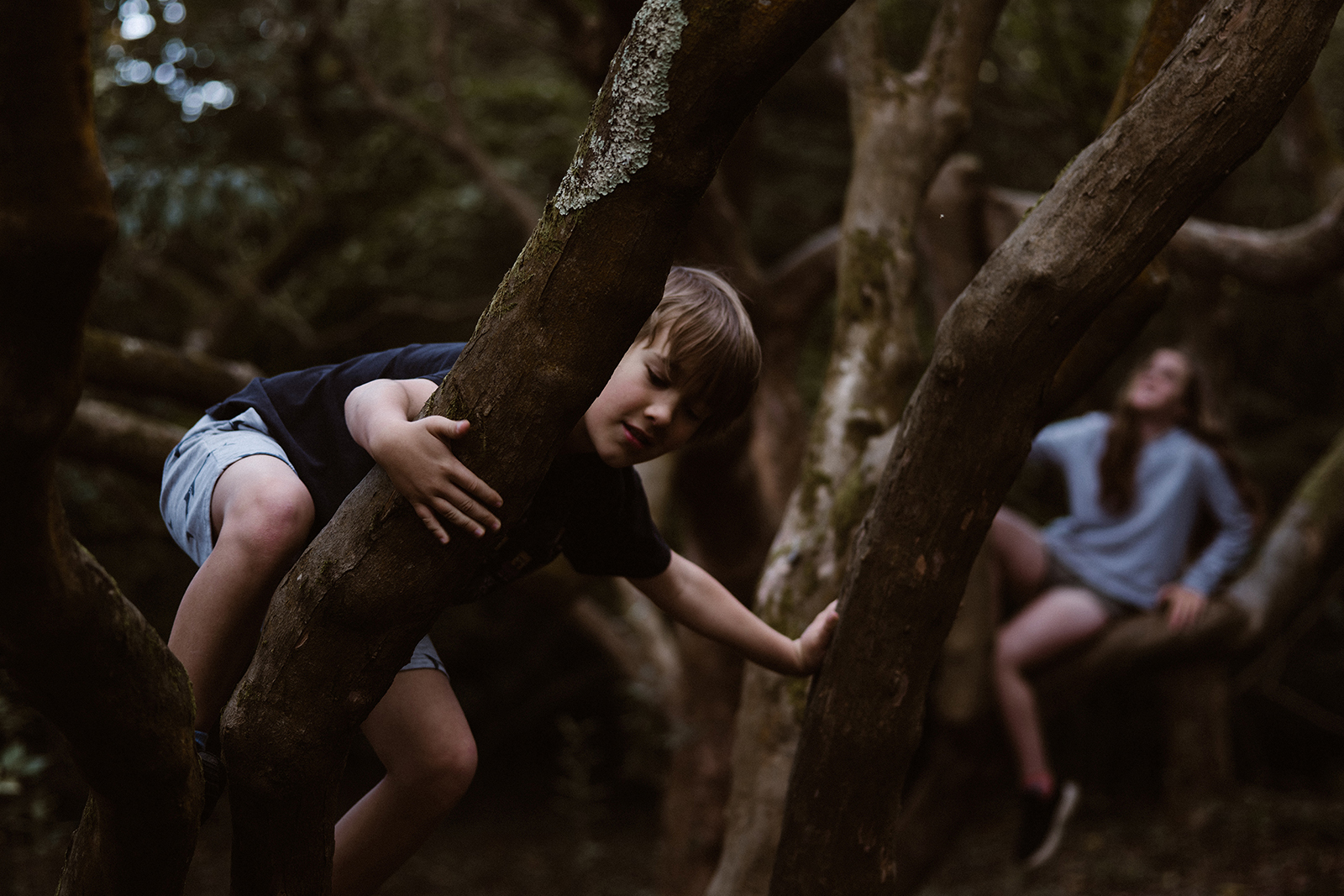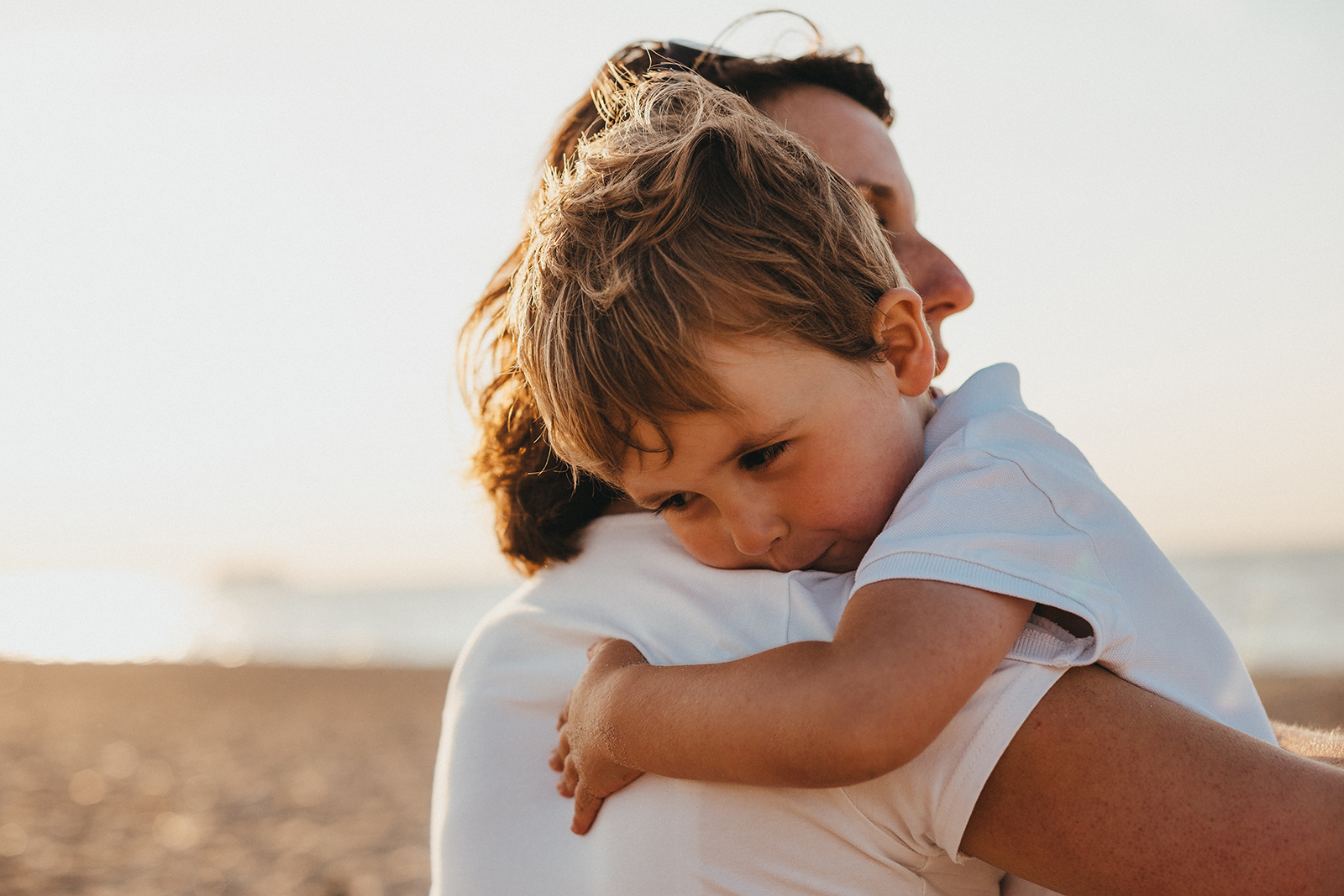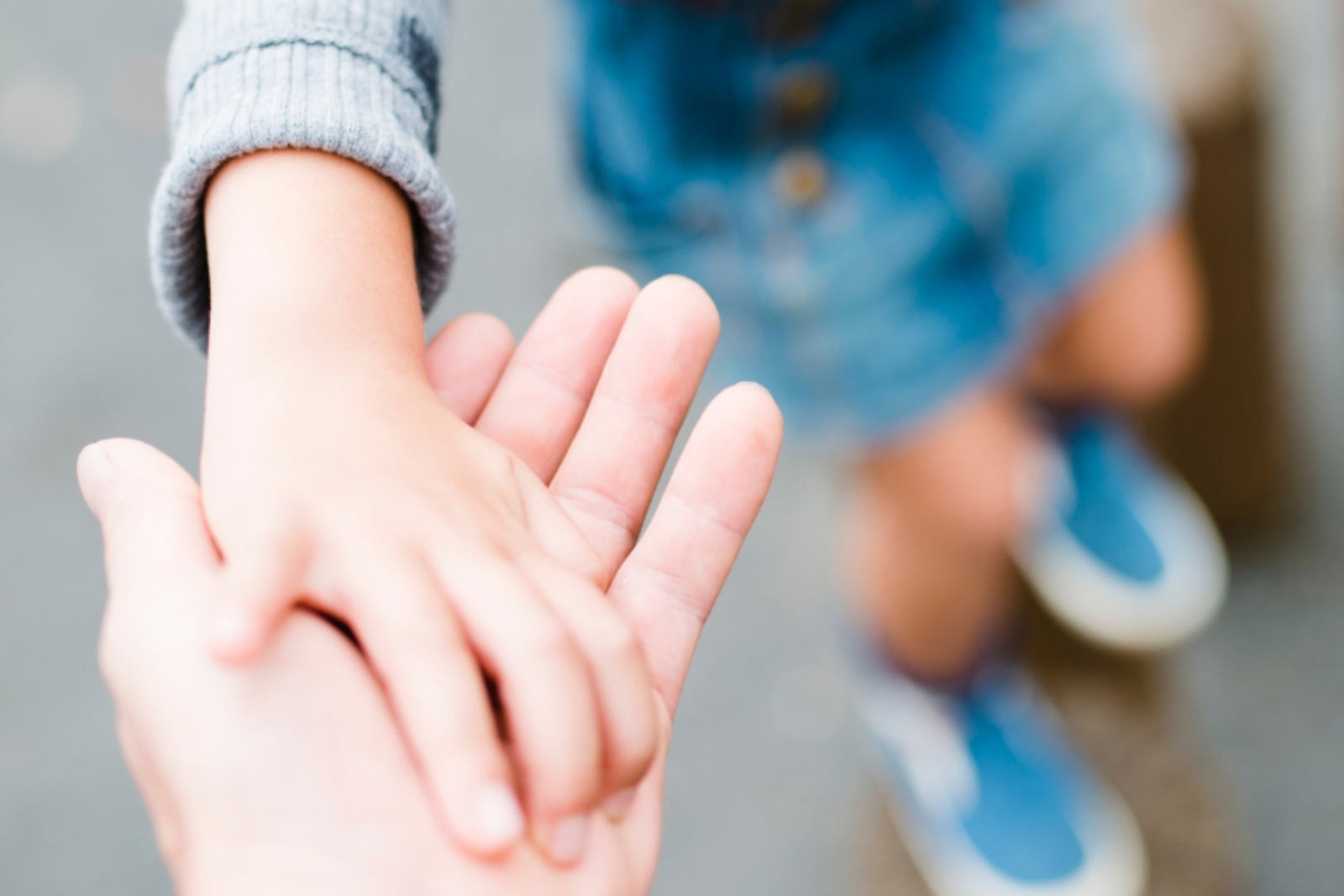
PARENTING – YOU’RE THE EXPERT, WE ARE HERE TO SUPPORT THE TRANSITION!
As the sun rises on a new week, we hear the hum of school routines resuming, marking the return of familiar patterns.
During the past week or so, many of our families will have returned to school and the routines that it brings with it. For some of our families, February is a transition period where new routines and ways of balancing life are being forged as their child starts daycare or preschool, kindergarten or high school or even a child not being back at school because they have finished or commenced in a type of employment.
How do transitions feel for parents and children?
This transition period can be a daunting time – a rollercoaster of emotions not only for our children as they learn their new environment and the expectations that go along with it. But it is also a rollercoaster as a parent as we navigate a shift in our role; a moment of letting go but also sometimes the fear of the unknown. Our journey into parenthood commences with dreams, hopes, and a multitude of expectations, but from the moment we commence on our journey to become parents, the road ahead is filled with dips and hollows that we can genuinely not prepare ourselves for; however, acknowledging and recognising the transitions within our parenting journey allows us to adapt and grow.
What types of transitions are there?
Some of those significant transitions that we can anticipate during parenting might include:
● Bringing your newborn baby home for the first time
● Starting at daycare or preschool
● Starting kindergarten or high school
● Puberty
● Our child starting their first job and seeking more independence.
● Our child turning 16 and seeking to get a driver’s license.
● Finishing school
● Moving out of home.
But there are also many transitions that we do not anticipate happening during our journey as parents – a child becoming unwell, a diagnosis that wasn’t expected, a death, a separation. All of these heart-wrenching trials require us as parents and individuals to stop, pause, reassess and pivot in our roles and in our way of doing things. Explore & Soar stands as a beacon, acknowledging and respecting the unique narratives of every parenting journey. We recognise that transitions can be tough, change can be challenging, and the journey is as diverse as the individuals embarking on it, so no one’s story or journey is the same, and we respect that here at Explore & Soar.
How, then, can we, as OTs, stand beside you and support you as parents on this rollercoaster?
A Holistic Approach to Transitions
During our university studies, we learn in-depth about the interaction between how, where and why we do things and the positive and negative impact this can have on an individual’s overall health. When we work with a child and their family, we consider the whole person; we consider what strategies, interventions and approaches we are going to use. At Explore and Soar, we want to be able to support you just as much as your child in their journey towards their goals! Sometimes, therapy sessions can provide that space so that you can take a breath, sneak a quiet cuppa in the corner, and recharge while the therapist is working with your child.
It’s also important to ensure that, as parents, we are scheduling our own self-care time – it’s the flight safety briefing message – you need to put your oxygen mask on first before you can help those around you! Checking in with ourselves, noticing our own regulation patterns and adapting our responses also helps to show our children different strategies or ideas they can use when they feel overwhelmed, exhausted or touched out.
Empowering Parents with Self-Care
Next time your therapist recommends some home program exercises, consider them as not just a task for your child but as opportunities for you to connect – Try to do them with your child! See how they make you feel before and after completing them. Talk to your child about them and compare feelings.
At times, we do have those uncomfortable conversations around things we have noticed or ideas on what could make a difference in helping your child with their goal. Our therapists are noticing things from the outside and through our trained eyes. It is not from a place of
judgement but rather a place of working alongside you to build you up. As a parent, you are your child’s biggest advocate and teacher. You have the expertise in your child; it is our role as OTs to help refine this, adjusting and adapting to different transitions across your parenting journey.
Embracing Change Together
As we navigate the ebb and flow of February’s transitions, let’s remember that parenting is a continuous journey of learning and growth. Embrace your experiences, connect with others sharing similar paths, and let’s soar through these transitions together. Share your stories, seek support, and revel in the collective strength that arises when we navigate as a community.
May your journey through 2024 be filled with resilience, adaptability, and the unwavering support that Explore & Soar offers. Here’s to embracing the rollercoaster of parenting with open hearts and a community that understands that every twist and turn is a part of our unique and beautiful story.
If you’d like to chat more, please don’t hesitate to contact us today! Call us on 0477 708 217 or email admin@exploreandsoar.com.au
Until Next Time,
Lori
PUBLISHED FEBRUARY 2024



